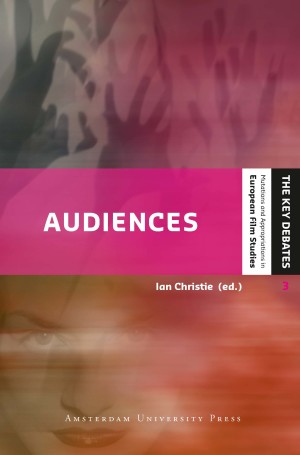Following previous volumes in the Key Debates series, Audiences engages with one of the most important shifts in recent Film Studies – the turn away from text-based analysis towards the viewer or audience of films. Historically, this marks a return to early interest in the effect of film on the audience by psychoanalysts and psychologists, which was overtaken by concern with the ‘effects’ of film, linked to calls for censorship and moral panics rather than to understanding the mental and behavioural world of the spectator. Early cinema history has revealed the diversity of film-viewing habits, while traditional ‘box office’ studies, which treated the audience initially as a homogeneous market, have been replaced by the study of individual consumers and their motivations. Latterly, there has been a marked turn towards more sophisticated economic and sociological analysis of attendance data. And as the film experience fragments across multiple formats, the perceptual and cognitive experience of the individual viewer (who is also an auditor) has become increasingly accessible. This collection spans the spectrum of contemporary audience studies, revealing work being done on local, non-theatrical and live digital transmission audiences, and on the relative attraction of large-scale, domestic and mobile platforms.
Among the contributors are Martin Barker (Aberystwyth) on audience response to ‘alternative content’ in cinemas today; Ranita Chatterjee (University of Westminster) on Calcutta’s early segregated audiences; Karel Dibbets (Amsterdam) on deducing cinemagoing preferences; Torben Grodal (Copenhagen) on spectators’ cognition; Nicholas Hiley (University of Kent) on the unruly early audience; Laurent Jullier (Paris 3) and Jean-Marc Leverrato (Metz) on cinephilia on the web; Roger Odin (Paris) on viewing mobile phone films; Annie van den Oever (Groningen) on the dialectic of cinema and television spectatorship; John Sedgwick (London Metropolitan) and Clara Pafort Overduin (Utrecht) on using large datasets to study audience behaviour; Judit Thissen (Utrecht) on New York’s Nickelodeon era; Gregory Waller (Indiana) on the non-theatrical audience.

